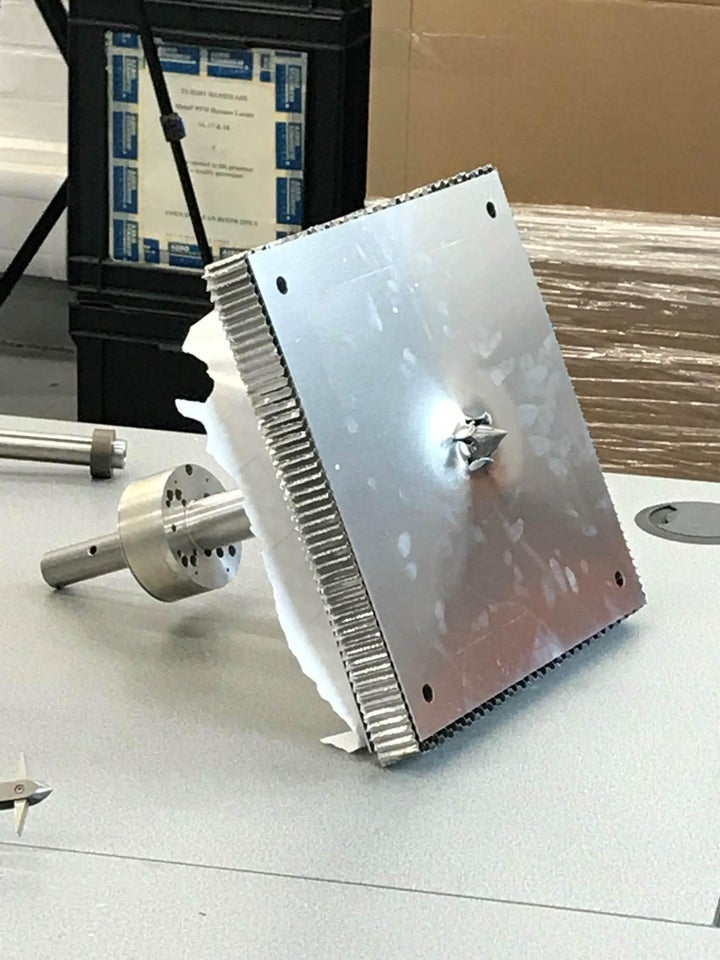A giant space harpoon that captures old or rogue satellites could be the answer to our planet’s growing space junk crisis.
With no way to currently manage all the 500,000+ bits of trash that are orbiting our planet engineers from Airbus UK in Stevenage developed the harpoon as a solution to the crisis.

Fired from a spacecraft, the harpoon would skewer the piece of junk and then the spacecraft would physically drag it back down into the atmosphere where it would burn up.
There are around 500,000 pieces of space junk currently orbiting Earth and with more and more launches happening every year this number is going to increase significantly.
One of those is Envisat, an 8,000kg Earth-observing satellite design by the European Space Agency. Envisat was retired in 2013 and is now floating around in low-Earth orbit where there’s about a 30% chance it could collide with another piece of space junk.

If that were to happen it would create almost 10x more material, all of which could cause lethal damage to a human-inhabited spacecraft or space station.
The solution, according to Airbus, is the space harpoon.
Using pressurised air to fire the harpoon it can penetrate the satellite upon which barbs are deployed to prevent it from detaching.

Peter Steele, Future Concepts Graduate Engineer at Airbus UK explains that while it’s crude, the harpoon is more than up to the task of bringing down even the biggest satellites.
“The harpoon hits the target with a force of around 1500g, which is enough to punch straight through the 3cm thick structure of the satellite” explains Steele.
“We’re now looking at doing a bigger test where we will fire the harpoon vertically over 25 metres which will demonstrate the accuracy of the harpoon and the ability to withstand the forces required to deorbit the target.”
While the harpoon project is still in the early stages, the success of the initial tests is promising and means that the team are already preparing for an even bigger challenge.
“We’re now looking at doing a bigger test where we will fire the harpoon vertically over 25 metres which will demonstrate the accuracy of the harpoon and the ability to withstand the forces required to deorbit the target.” he said.
